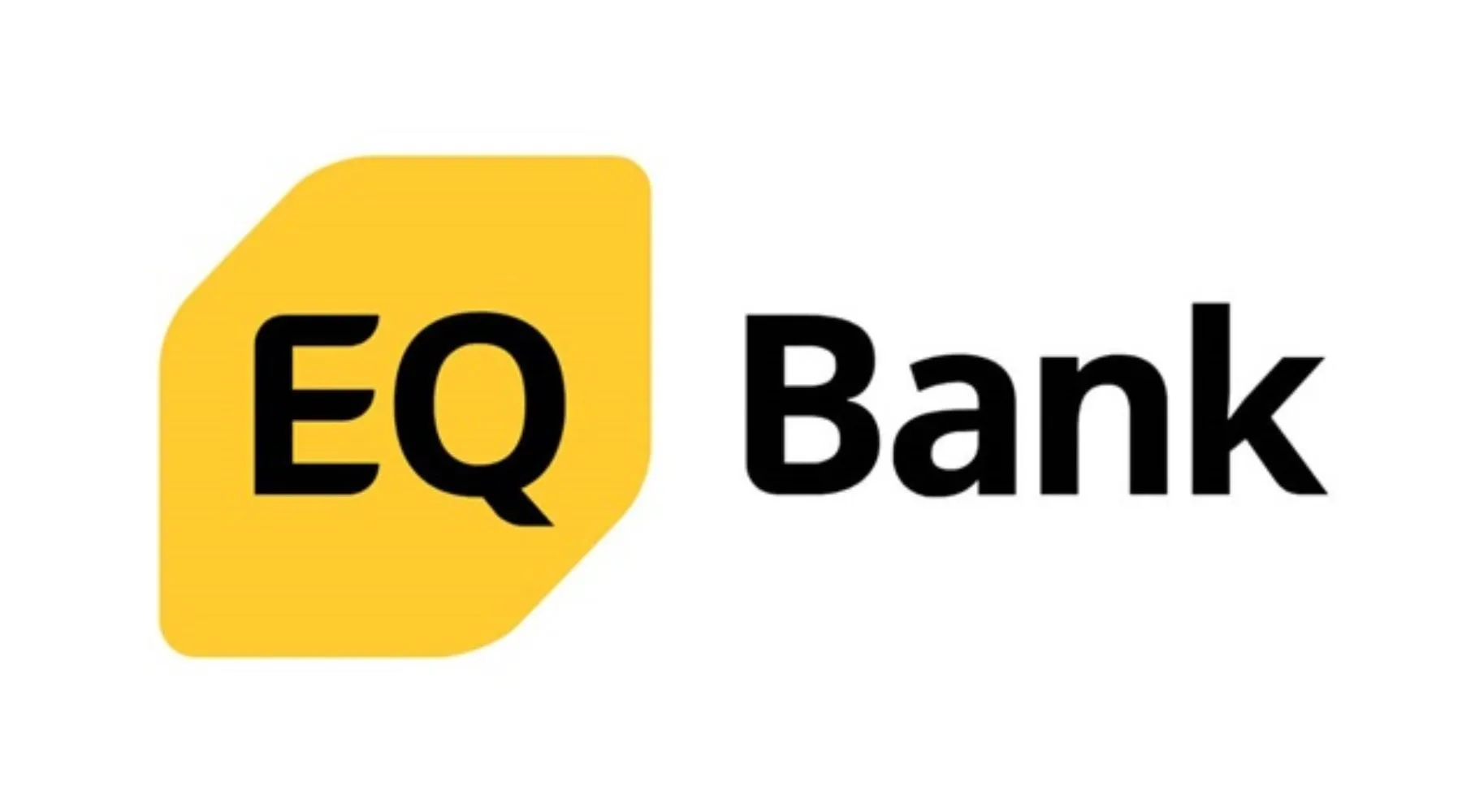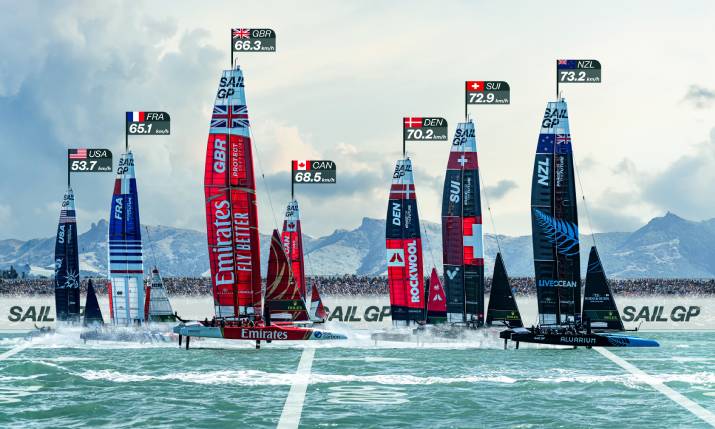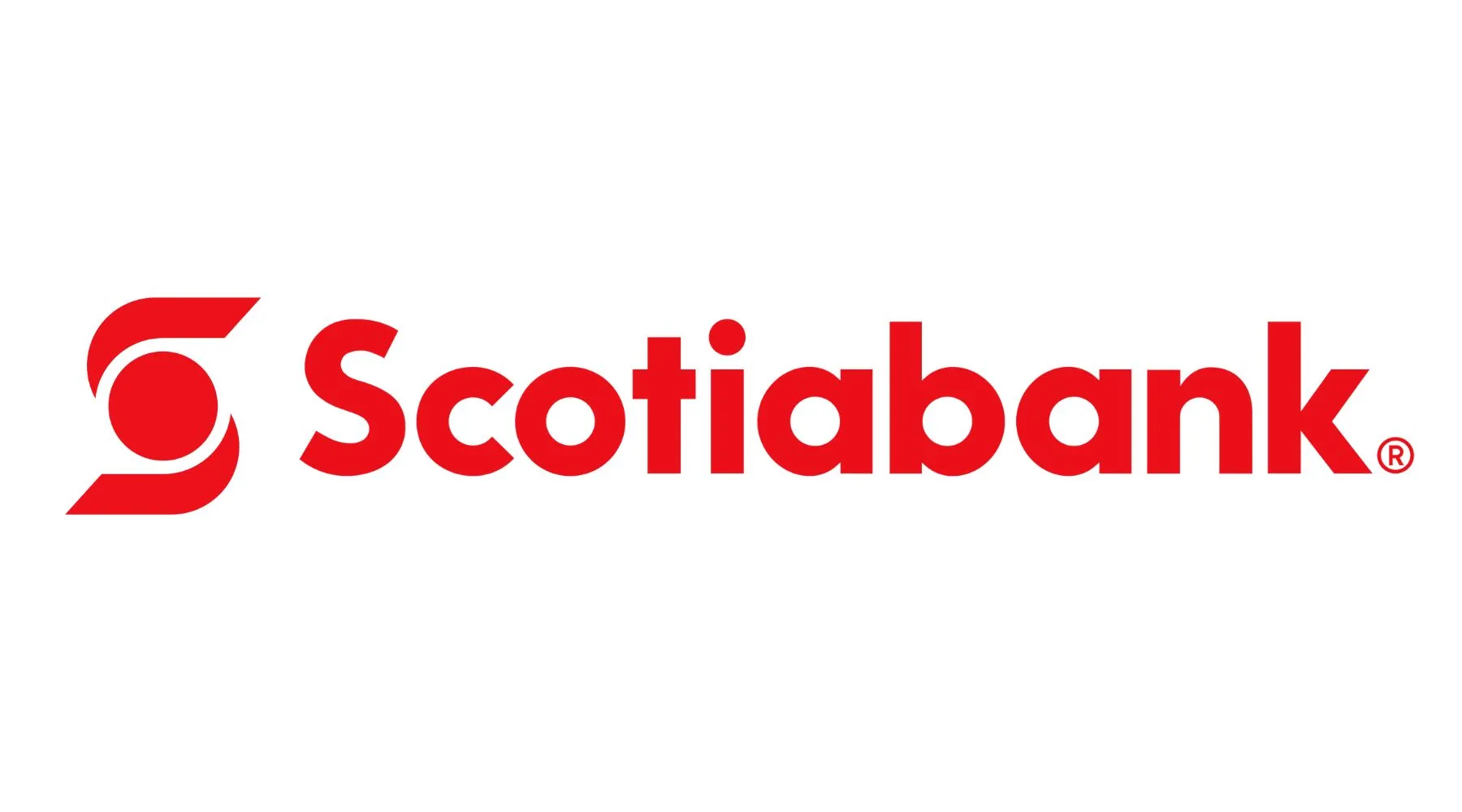World Rally Championship carried out its first live remote production from Safari Rally Kenya which was held from 22 to 25 June, with over 20 hours live from a remote safari park
After a successful test for a new remote production workflow carried out by FIA World Rally Championship (WRC) Promotor and technical partner, NEP Finland, at the second race of the season – Rally Sweden – this year, the racing series is off to a flying start on its new production model.
Following the test at Rally Sweden in February, Rally Mexico in March was produced completely live from WRC Promotor’s new Production Hub at NEP Finland in Helsinki, overseen by Marko Viitanen, NEP Finland managing director. That was followed by the entire Safari Rally Kenya which was held from 22 to 25 June, with over 20 hours live from a remote safari park, “and that was quite tremendous to see,” says Florian Ruth, WRC Promotor’s senior director for content and communication.
Big production plans
WRC Promotor had, as Ruth says, “big plans for our production” in 2020, but the pandemic sent things off course. All WRC rallies were bought back into the European region and it is only for this year’s season that the races have gone longhaul once again. Because of the distances involved this year, those remote production plans are now being realised with the help of NEP Finland, WRC Promotor’s production partner for many years.
“I asked Marko, “how was it? How did it go?”, and he was quiet for one moment then said, “perfect”. We had envisioned a two-day test but after half a day he said, “it’s absolutely working, Flo. Our concept is working””
Ruth explains what happened in 2020: “We had all the plans ready, we were ready to switch [to remote]. In the year 2020, we had a really big calendar with a lot of longhaul events. At this time Marko and I had decided to do the remote production in the UK in London, in Stockley Park, and obviously then COVID hit and our series had a stop three rounds into the season and all our plans changed.
“We had more European rallies and it took a while until we expanded globally again. We just had the race in Kenya in the middle of a safari park. We’ve been to Mexico, we’re going to Chile and Japan. We didn’t see the absolute need to go remote just because everyone else was; we wanted to go remote when it made sense for the production and for the Championship, to really add a value, and now it does.”
NEP now has brand new production facilities in Helsinki which are being overseen by Viitanen. Comments Ruth: “They’ve built the absolutely brilliant, almost dream home for the WRC for remote productions. With this option now, we felt now is the absolute moment to do the switch with a new home in Finland, with those amazing state-of-the-art production facilities that NEP has created there, and with our expanded calendar strategy it was the right moment to do this. And not just to do it, but really to do it in a very sophisticated, very professional and safe way.”
Perfect test
On the technical challenges for the trial of the workflow at Rally Sweden, Ruth comments: “I was in Sweden on site producing and Marko was in Helsinki producing. And when we updated each other I asked Marko, “how was it? How did it go?”, and he was quiet for one moment then said, “perfect”. We had envisioned a two-day test but after half a day he said, “it’s absolutely working, Flo. Our concept is working”. So I think Marko produced a couple of hours more, but technically we were there.
“The issue we still had technically was the delay of the audio communication,” Ruth continues. “So to cue the talents, to cue the commentators, to direct the camera operators and so on, there we still had a bit of a job to do.”
Viitanen comments: “I think honestly I was a day and a half in the gallery doing a test during Rally Sweden and basically just picture cutting; putting pictures together was no difference. So only difference during Sweden was we had a bit of delays on the comms [becuase of] all different methods of transporting it [back to Finland], but for directors or producers, that is a bit of a mindset [requirement] as well,” he notes.
“We learned that basically we just need to be synced with all the different sources,” Viitanen continues. “I mean, we have up to 50 video or audio sources coming from a remote location on RF through the plane, heli-tele, and we have cameras on the ground via satellites, we have LiveU, we have several different ways of transporting, and when they all come with different encoding and decoding, syncing up all of those was maybe the key for success when we went to Mexico.”
Every location for WRC is different, from Rally Kenya where the safari park where the racing was based was cabled, but there was no mobile signal whatsoever, to the mountains of Mexico where there was, “absolutely no connectivity at all,” says Ruth. “So that’s a bit of a challenge. Wherever we go, it’s normally completely greenfield. We need to bring everything.”
Adds Ruth: “When we did our production in Portugal in May, it was quite a big rally and quite spread out. We had a co-production also with TV channel Rádio e Televisão de Portugal (RTP) in Portugal. But the amount of technology we need just to produce such a rally is enormous. In Portugal we had four OB vans, two helicopters, two drones, and 160 people in total. We had 105 camera signals to produce 23.5 hours of live television from Rally Portugal. This is just enormous. And as Marko said, we have the helicopter, we have the onboard cameras, we have crowd cameras, we have LiveU’s, we have satellite, we have RF coming in, we have fibre coming in. And to sync this all up, that’s quite a challenge. Big credits to Marko’s technical team to really sync this up in perfection.”
Florian Ruth, WRC Promotor’s senior director for content and communication, is excited that remote production enables his team to focus more on the creative side of bringing a production together than worrying about the technicalities
Focus on creativity
On his thoughts on the new workflow, Ruth is excited that it enables his team to focus more on the creative side of bringing a production together than worrying about the technicalities. He says: “I think from my point of view, I feel obviously very relieved that our system – what Marko and I have designed on paper for years – is working great. When we closed the door on the gallery after Rally Mexico, I didn’t know if when I went out I’d see the Helsinki telecommunication tower or giraffes and zebras. It’s quite fantastic. We have a really proven, sound system that means we can focus on the editorial side and not have to worry too much about the technical side, because we’re quite set there now. We can play with extreme camera positions, extreme story angles, telling stories fast, and really capturing the rally in the best fashion. And that’s quite a good feeling to have after our third test, more or less, when you include Sweden.”
Viitanen says: “To a certain extent, when you do remote production, people always discuss the compromises. But when you decide to go to remote, there’s always a compromise. You have to compromise, you have to take into account this and that. Honestly, I think from now having done the test between these events, we are not doing any compromising. Actually I would say that we are even a little bit better off because when you go and build a temporary gallery in safari park in Kenya, it’s never ideal; it’s either too hot or too cold or too dusty. So basically now I think, with this workflow, we are at least as good as we could be on site or even somewhat better.”
Ruth notes: “When I start to talk about remote production, a lot of people ask me, “isn’t that too risky? What happens if the fibre breakdown?”. But as we’ve seen in recent years when all our production facility arrived in Kenya in the safari park, after bringing it to Kenya and then driving it over the roads into a safari park full of sand, when I saw how our equipment has arrived there where a lot of the screws just have disappeared because of the bumpy roads, everything was sandy and we had to clean all our equipment, the monitors, EVS’s and so on, I realised, “OK, remote is actually much safer”.
He continues: “In Mexico it was over 40 degrees so to cool down all the servers, to cool down all the facilities, from a production safety point of view, that’s quite an aspect. Obviously what’s also a very important aspect for us is the sustainability of remote production; we have way less cargo to fly, we have way less cargo to ship, we’re just flying half of the people over. So there are a lot of just sustainability factors, which we’re also looking into a lot.”
Learning from others
The delay in switching to remote production has given the team at WRC Promotor and NEP to learn from others’ experiences in this method. On how the remote production is set up, Viitanen says: “Our capture team goes on site, but everything else is housed in Helsinki. So we still have to capture the action from onboards, from heli-tele, from the ground cameras; all that goes to the site. But everything else is housed in Helsinki. So graphics, timings, directing, producing, slow mo’s, all that is now in Helsinki.”
He adds on the directors being in Finland, “this was so fun because after Mexico, Stefan Koch, one of our main directors, he said that it was no difference to be sitting in Mexico in a gallery or sat in Helsinki”. One line cut director is on site but all other sources come as ISO feeds via Tata Communications’ network into Helsinki, where the world feed is directed.
In early 2019 all WRC post production was moved to a remote operation, which was shifted from NEP at Stockley Park to NEP Finland in 2020. Now, NEP Finland has space at the enhanced operations centre to also be able to expand to take on additional programming, notes Viitanen, who adds: “If we want to introduce studio programmes, the same facility house studios. And for WRC promoter and our client, Florian, it’s also ideal because now basically from the main gallery where you do the remote production, you have 12 metres to where the producers sit who do the post production. Everything is available just around next door.”


